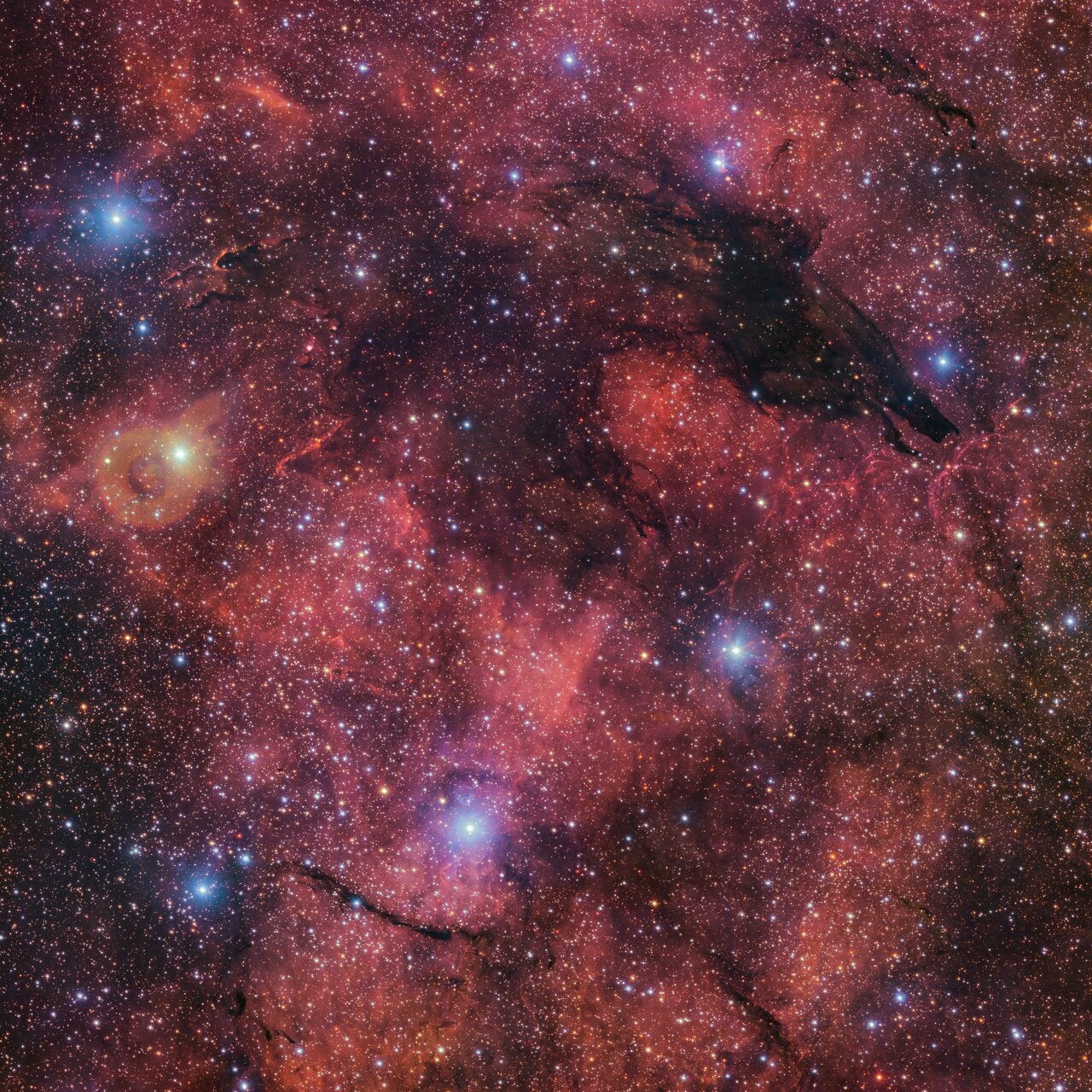
Credit: Gerd Altmann of Pixabay
We have only one example of biological formation in the universe: life on Earth. But what if life could form in other ways? How do you search for alien life when you don’t know what alien life might be like?
These questions worry astrobiologists, who are scientists who search for life beyond Earth. Astrobiologists have attempted to develop universal rules that govern the emergence of complex physical and biological systems both on Earth and beyond.
I am an astronomer who has written extensively about astrobiology. Through my research, I have learned that the most abundant form of extraterrestrial life is probably microbial, as single cells can form more easily than large organisms. But in case there is advanced alien life out there, I serve on the international advisory council for the group that designs messages to send to those civilizations.
Detecting life beyond Earth
Since the first discovery of an exoplanet in 1995, over 5,000 exoplanets, or planets orbiting other stars, have been discovered.
Many of these exoplanets are small and rocky, like Earth, and are found in the habitable zones of their stars. The habitable zone is the range of distances between a planet’s surface and the star it orbits that would allow the planet to have liquid water, and therefore support life as we know it on Earth.
The sample of exoplanets detected so far predicts 300 million potential biological experiments in our galaxy – or 300 million locations, including exoplanets and other bodies such as moons, with suitable conditions for biology to arise.
The uncertainty for researchers begins with the definition of life. It seems that defining life should be easy, since we know life when we see it, whether it’s a bird in flight or a microbe moving in a drop of water. But scientists disagree on a definition, and some think a comprehensive definition may not be possible.
NASA defines life as a “self-sustaining chemical reaction capable of Darwinian evolution.” This means organisms with a complex chemical system that evolve by adapting to their environment. Darwinian evolution states that the survival of an organism depends on its suitability for its environment.
The evolution of life on Earth has progressed over billions of years from single-celled organisms to large animals and other species, including humans.
Exoplanets are remote and hundreds of millions of times dimmer than their parent stars, so studying them is challenging. Astronomers can inspect the atmospheres and surfaces of Earth-like exoplanets using a method called spectroscopy to look for chemical signatures of life.
Spectroscopy could detect traces of oxygen in a planet’s atmosphere, which microbes call blue-green algae created by photosynthesis on Earth several billion years ago, or traces of chlorophyll, which indicate plant life.
NASA’s definition of life leads to some important but unanswered questions. Is Darwinian evolution universal? What chemical reactions can lead to biology outside of Earth?
Evolution and complexity
All life on Earth, from a fungal spore to a blue whale, evolved from a last common microbial ancestor about 4 billion years ago.
The same chemical processes are observed in all living organisms on Earth, and these processes may be universal. They might also be radically different elsewhere.
In October 2024, a diverse group of scientists came together to think outside the box about evolution. They wanted to take a step back and explore what kinds of processes created order in the universe – biological or otherwise – to understand how to study the emergence of life that was totally different from life on Earth.
Two researchers in attendance argued that complex systems of chemicals or minerals, when placed in environments that allow some configurations to persist better than others, evolve to store greater amounts of information. As time passes, the system will become increasingly diverse and complex, acquiring the functions necessary for survival, through a sort of natural selection.

They hypothesized that there might be one law to describe the evolution of a wide variety of physical systems. Biological evolution through natural selection would be just one example of this broader law.
In biology, information refers to the instructions stored in the sequence of nucleotides on a DNA molecule, which collectively make up an organism’s genome and determine what the organism looks like and how it functions.
If we define complexity in terms of information theory, natural selection will cause a genome to become more complex as it stores more information about its environment.
Complexity could be useful for measuring the boundary between life and non-life.
However, it is wrong to conclude that animals are more complex than microbes. Biological information increases with genome size, but the density of evolutionary information decreases. Evolutionary information density is the fraction of functional genes within the genome, or the fraction of the total genetic material that expresses fitness for the environment.
Organisms that people consider primitive, such as bacteria, have genomes with high information density and therefore appear better designed than the genomes of plants or animals.
A universal theory of life is still elusive. Such a theory would include the concepts of complexity and information storage, but would not be tied to DNA or the particular cell types we find in Earth’s biology.
Implications for the search for extraterrestrial life
Researchers have explored alternatives to Earth’s biochemistry. All known living organisms, from bacteria to humans, contain water, which is an essential solvent for life on Earth. A solvent is a liquid medium that facilitates chemical reactions from which life could emerge. But life could potentially emerge from other solvents as well.
Astrobiologists Willam Bains and Sara Seager have explored thousands of molecules that may be associated with life. Plausible solvents include sulfuric acid, ammonia, liquid carbon dioxide, and even liquid sulfur.
Alien life may not be based on carbon, which forms the backbone of all essential molecules of life, at least here on Earth. It may not even need a planet to survive.
Advanced life forms on alien planets could be so strange they are unrecognizable. As astrobiologists try to detect life beyond Earth, they will have to get creative.
One strategy is to measure mineral signatures on the rocky surfaces of exoplanets, since mineral diversity tracks Earth’s biological evolution. As life evolved on Earth, it used and created minerals for exoskeletons and habitats. The hundred minerals present when life was formed are today around 5,000.
For example, zircons are simple silicate crystals that date back to times before the beginning of life. A zircon found in Australia is the oldest known piece of the Earth’s crust. But other minerals, such as apatite, a complex calcium phosphate mineral, are created by biology. Apatite is a primary ingredient in the bones, teeth and scales of fish.
Another strategy for finding life other than that on Earth is to detect evidence of civilization, such as artificial lights or the industrial pollutant nitrogen dioxide in the atmosphere. These are examples of tracers of intelligent life called technosignatures.
It is unclear how and when the first detection of life beyond Earth will occur. It could be within the solar system, or sniffing the atmospheres of exoplanets, or detecting artificial radio signals from a distant civilization.
Research is a winding road, not an easy path. And this is true for life as we know it: for life as we don’t know it, all bets are off.
Chris Impey is professor emeritus of astronomy at the University of Arizona. He receives funding from the National Science Foundation and the Howard Hughes Medical Institute.
![]()
This article is republished from The Conversation under a Creative Commons license. Read the original article.

